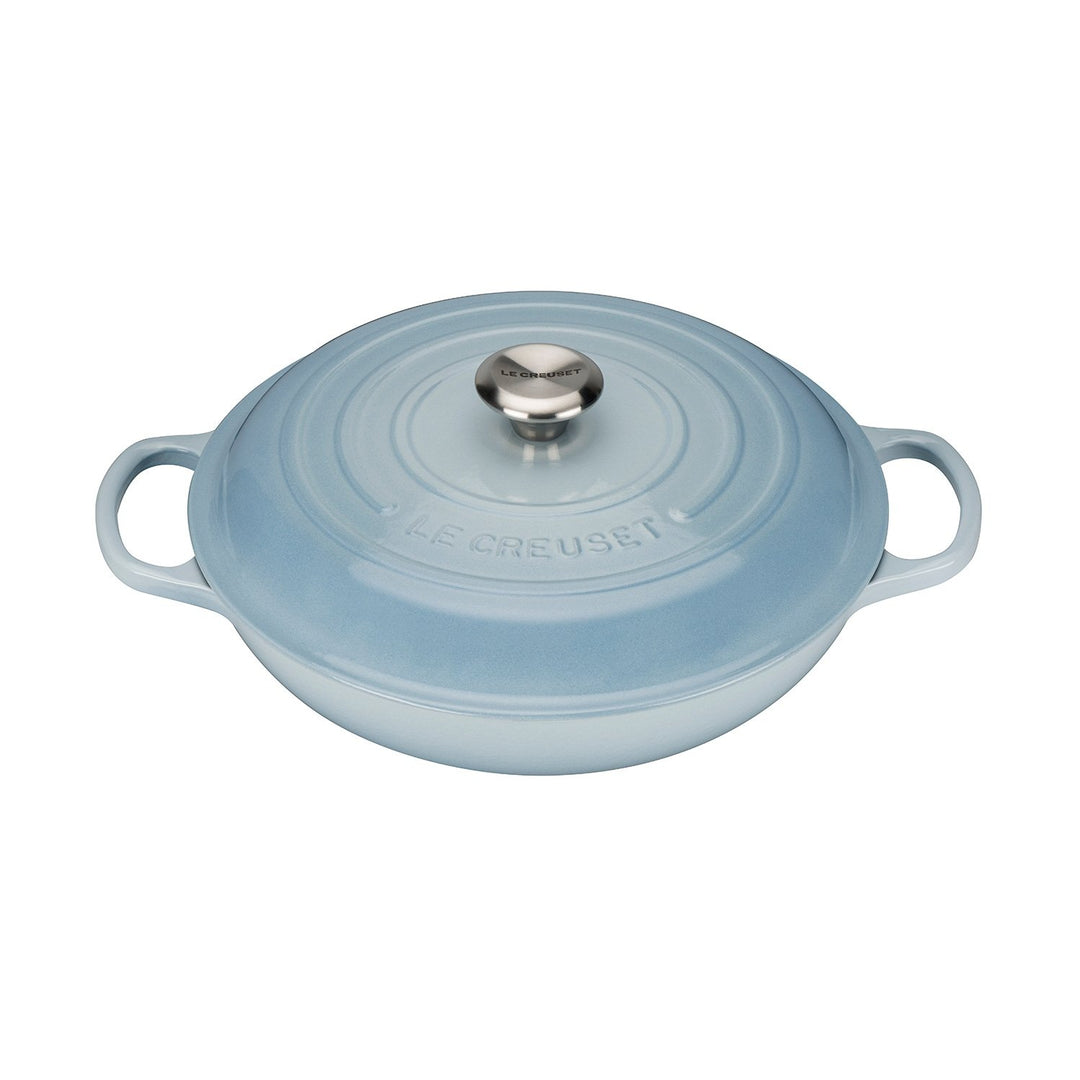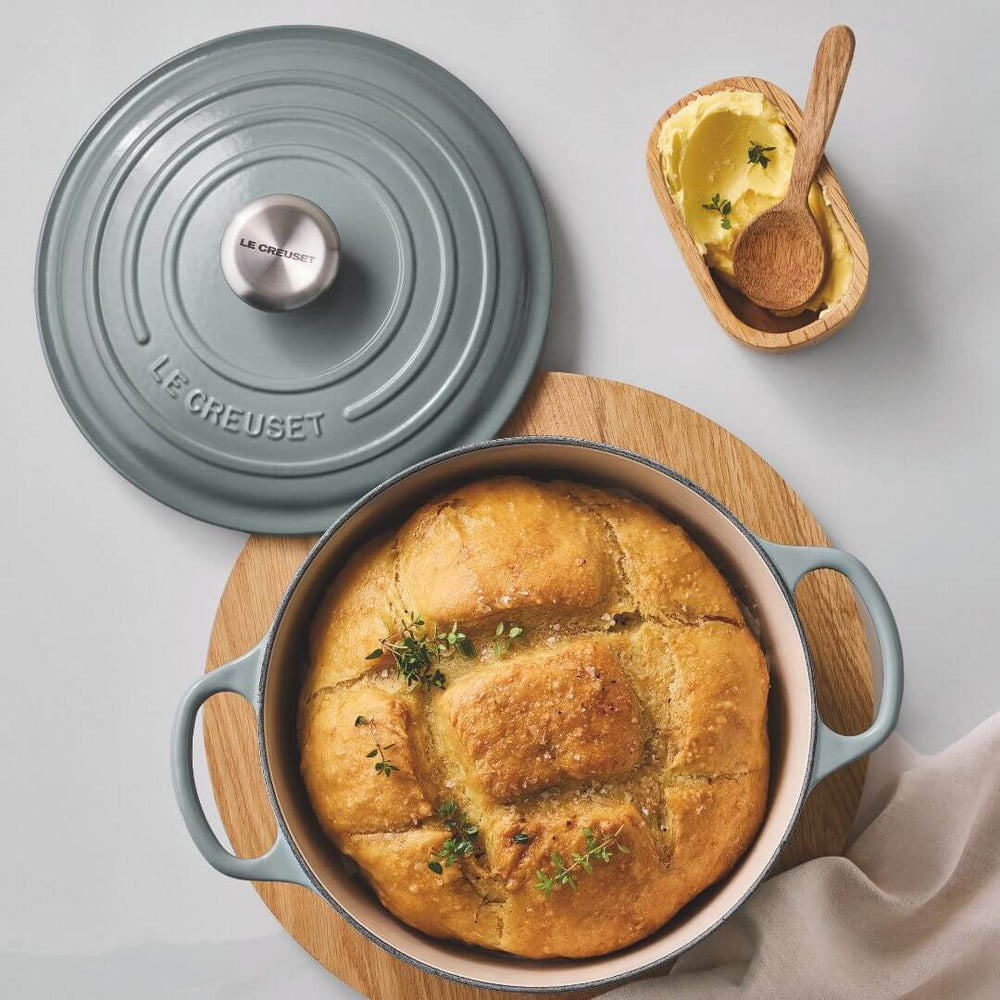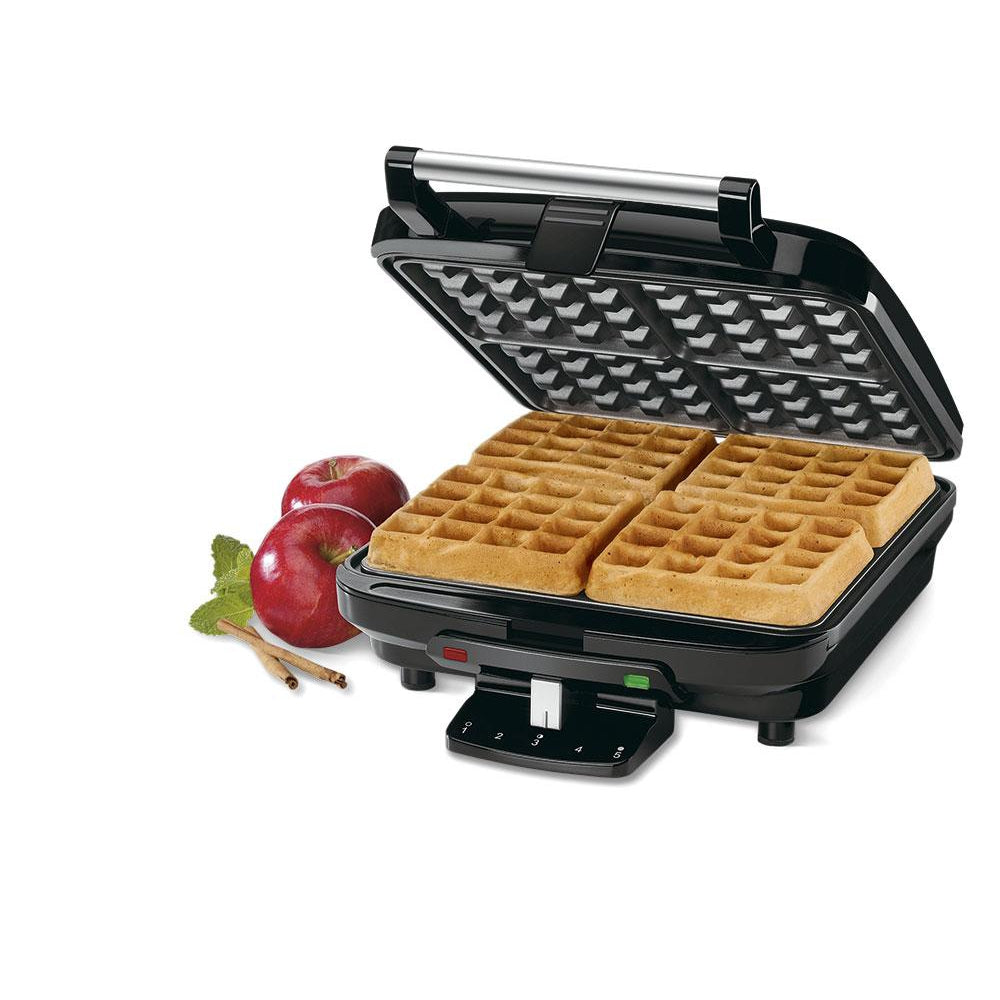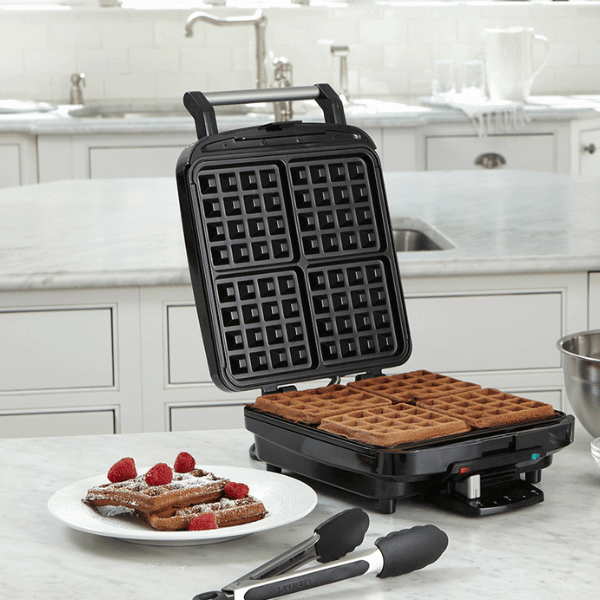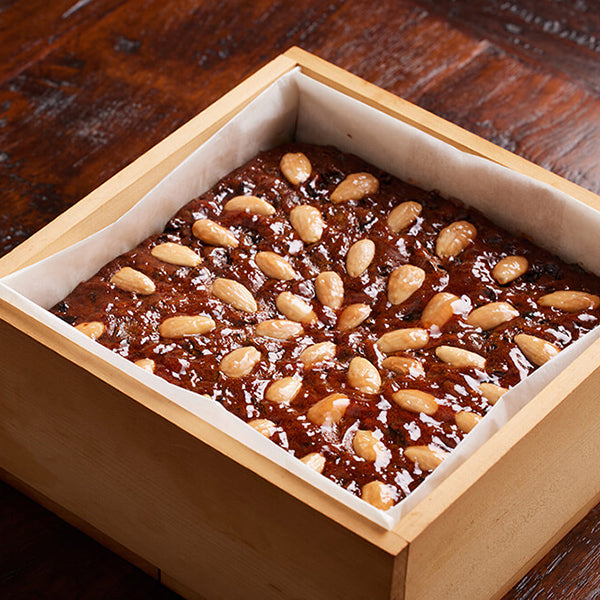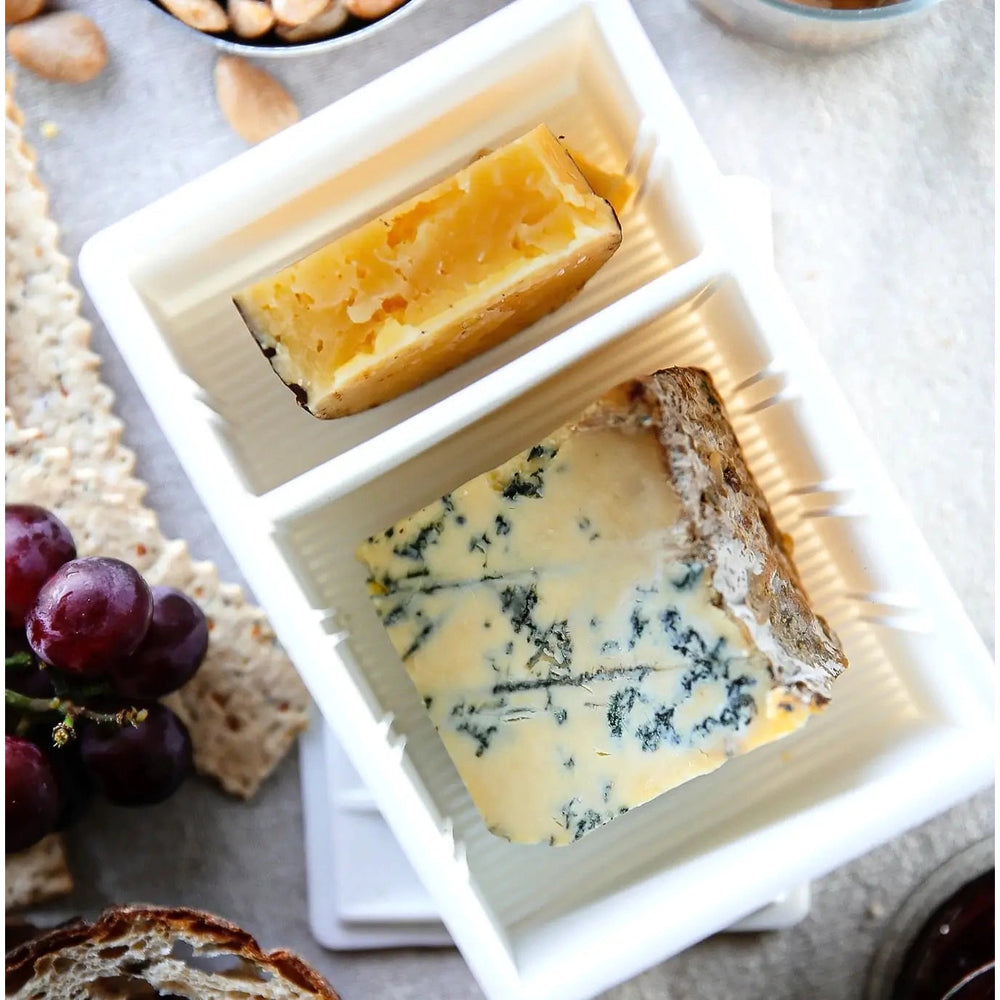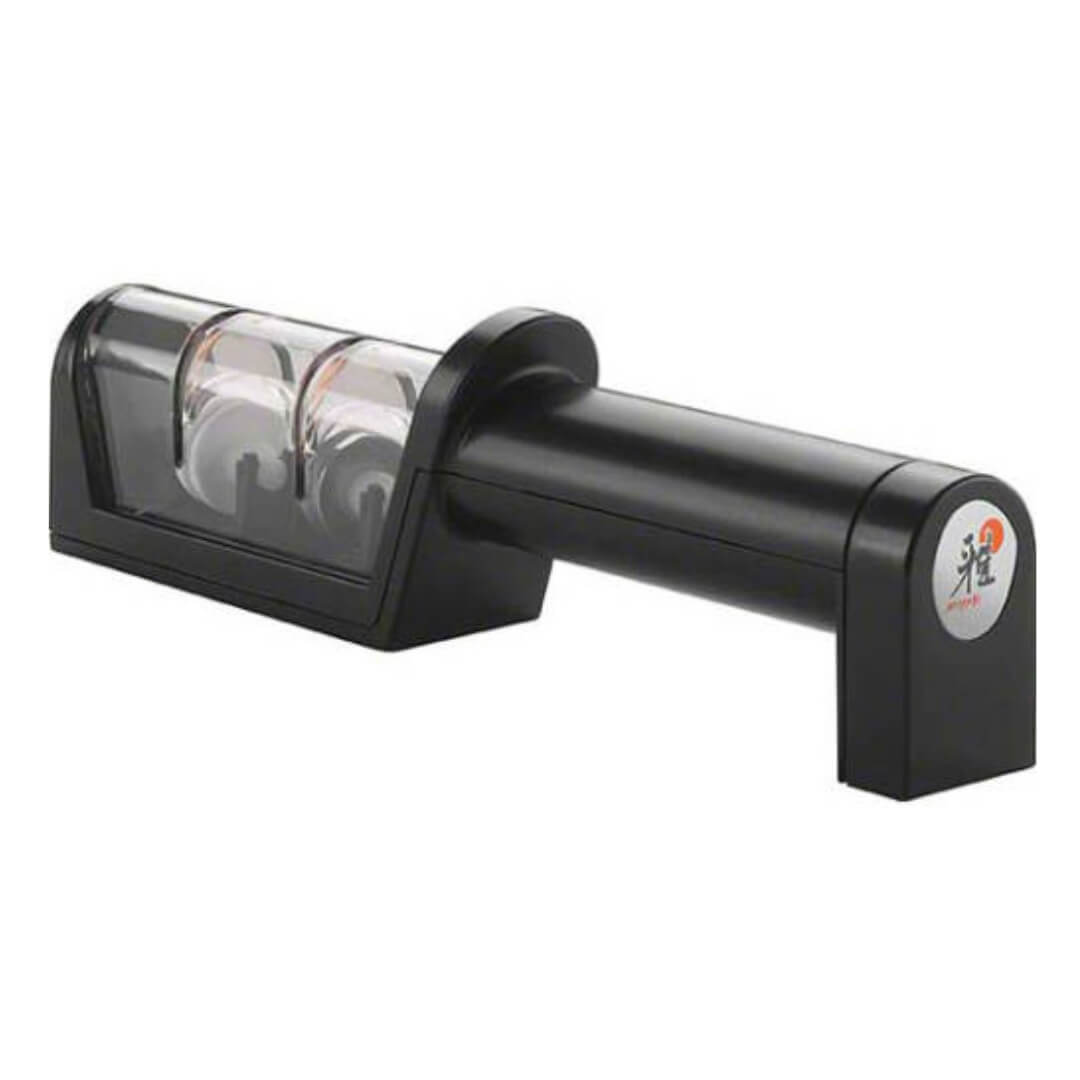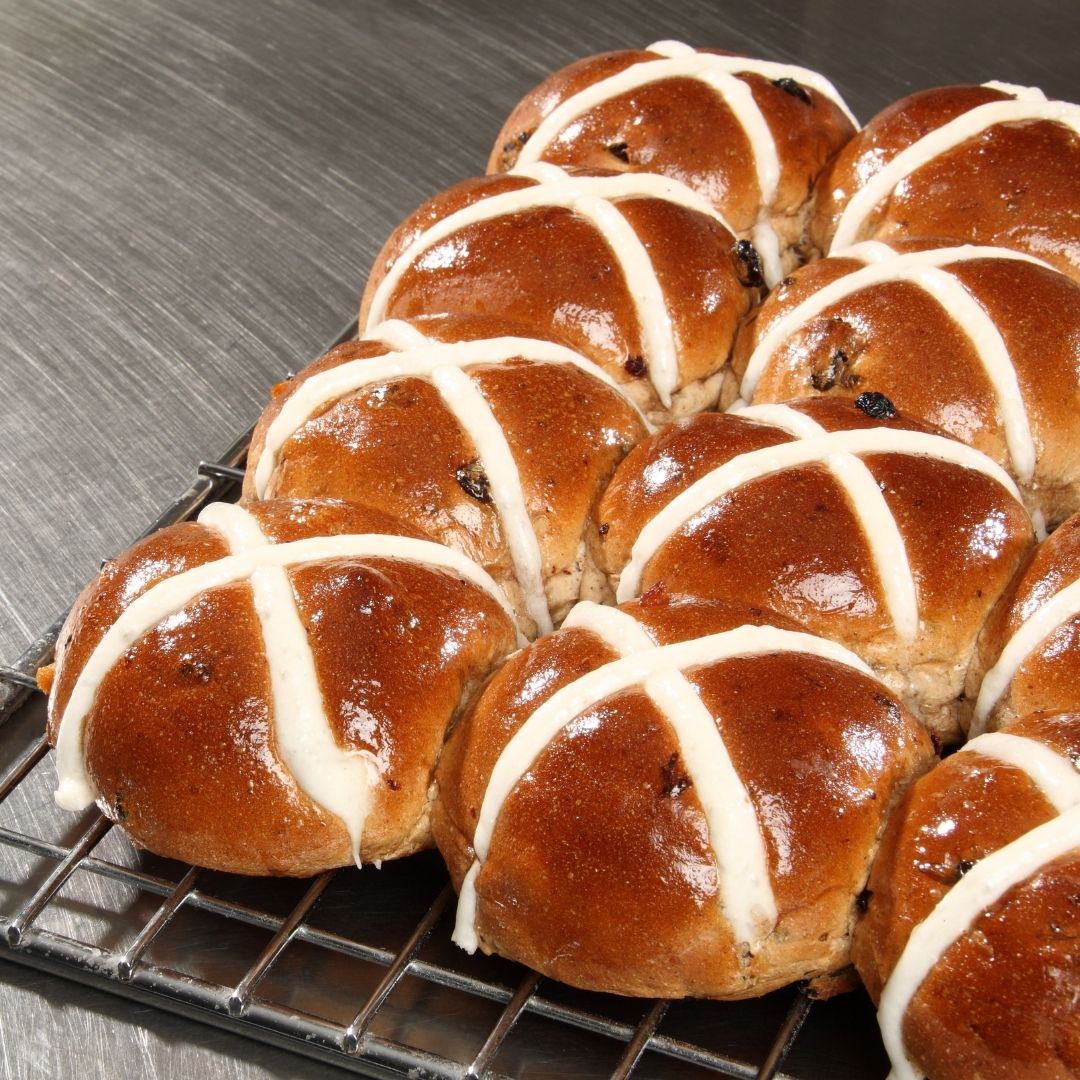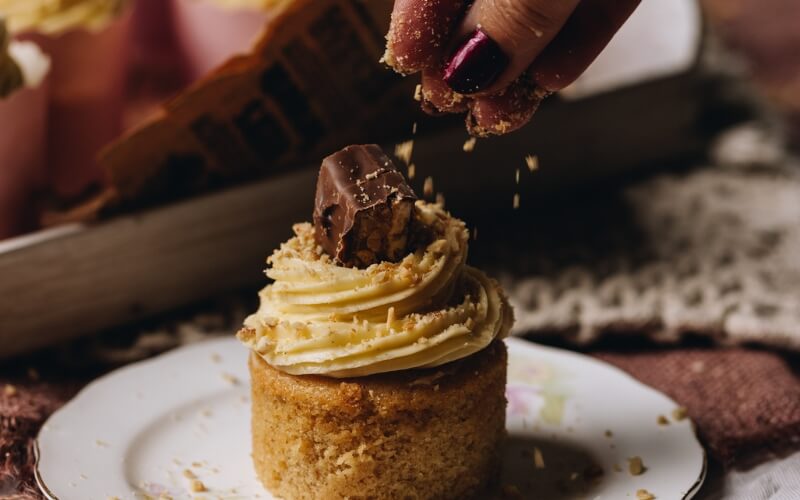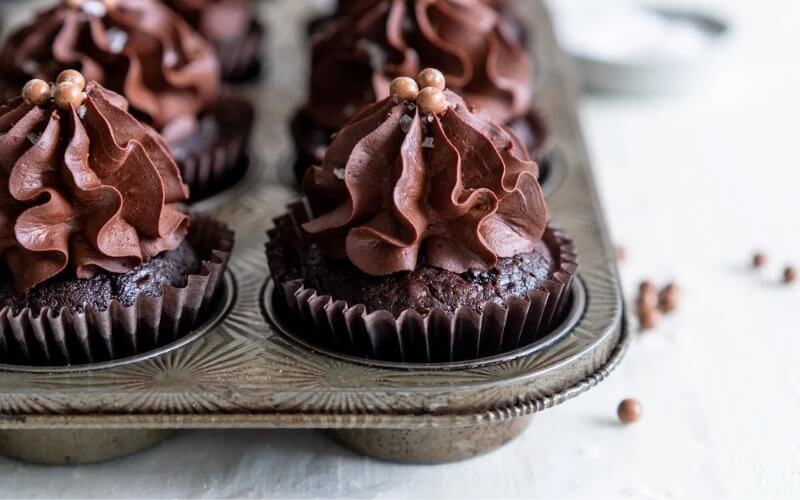Easter Hot Cross Buns
Adapted from Chelsea Winter’s recipe, these spicy little Easter treats have a few steps but they're not hard and it's a great place for a novice yeast baker to start (and please don't be put off by the 'lists' and steps - we've tried to give you as much information as possible to make your baking a success).
INGREDIENTS
Fruit
1 ½ cups raisins, sultanas, mixed peel, currants, chopped apricots or a mixture (but go heavier on the raisins and sultanas for a traditional bun)
Zest and juice of 2 oranges
Starter
175g high grade white flour (we like Champion brand)
1 ½ cups whole milk
2 tbsp sugar
3 tsp active dried yeast (check expiry date to ensure it's fresh)*
Dough
420g high grade white flour
3 tbsp brown sugar
3 tbsp mixed spice
1 tsp ground cinnamon
1 tsp ground cloves
1 tsp salt
50g soft butter
‘Starter’ (see recipe above)
1 egg, lightly beaten
Glaze
75g sugar
1/3 cup just-boiled water
Crosses
70g cup flour
1 tbsp sugar
½ tsp baking powder
1/3 cup cold water
METHOD
Fruit
Place your measured fruit in a small bowl. Heat the orange juice and zest in a small saucepan until hot but not boiling and pour over the fruit then seal/cover and leave for a minimum of an hour, maximum of 12 - but it needs to be at room temp for the next step.

Starter
Sift the flour into a large mixing bowl and make a well in the centre. In a small saucepan, heat the milk to 32C (blood temperature) then add the sugar and yeast* and stir gently for a couple of seconds until combined then leave it to sit in a warm, draft free place to prove - 5 mins or so. The yeast will bubble and foam and rise to the surface.

Pour the milk/yeast/sugar mixture into the flour and stir to combine evenly. Cover with plastic wrap touching the surface of the starter then leave in a warm, draft-free place until it doubled in size.
Dough
In large bowl sift the flour, brown sugar, spices and salt. Once your starter has doubled in size, combine it with this flour mixture plus the chopped butter and egg. Stir to combine and to bring it all together into a rough dough.
By Hand: Tip the dough out onto a clean surface and begin kneading – it will feel very sticky at first. You can lighty dust your hands with a little flour if it’s too sticky but don’t be tempted to add too much flour as this can result in tough, dry buns. Knead for 10 minutes – the finished dough should be satiny smooth and stretchy.
Stand Mixer: Put your dough into your stand mixer with the dough hook, mix on low setting for 5 minutes, finishing with a minute or two by hand.
By Hand: Leave dough for 10 minutes to relax before adding the fruit. Strain the fruit and tip onto the bench. Tip the rested dough out on top of the fruit and knead to combine for another minute or so. It will feel slippery at first then eventually come back together.
Stand Mixer: Add strained fruit to your dough and mix with dough hook for a few mins on low speed (again, until well combined).
Put the dough back into a clean, dry mixing bowl and cover with cling film, so it is touching the dough, then leave somewhere draft-free for 1-2hrs or until it doubles in size.
Once risen, lightly flour your baking tray (we used our Le Creuset TNS Baking sheet which was the perfect size for this batch). Gently push the dough down in the bowl with your fist, to knock all the air out, then measure (ideally with scales) into 16 evenly sized balls. Roll each dough ball firmly and place on your baking tray 1-2cm apart. Cover loosely with lightly oiled cling film or a reusable stiff plastic bag and sit in a warm place until they double in size.

Once buns are getting close to doubled in size, preheat your oven to 180C regular bake (not fan). Mix ‘cross’ ingredients in a small bowl with a fork to form a paste then fill a piping bag fitted with a small round nozzle - you can use a plastic bag with the corner cut at a pinch but if you want a professional finish after all your hard work a piping bag / tip (we recommend a #5 tip) combo is the way to go. Pipe thin crosses on top of each bun (we like these diagonal crosses). Bake for about 20 minutes – or until deep golden brown all over and cooked through.
While the buns are cooking, make your glaze by whisking the sugar with the water until dissolved (you can use warm water here but ensure it's back to room temp before use). Brush on top of the buns as soon as they come out of the oven.
Milly’s Test Kitchen Tip: With the cooler weather starting, we often prove our dough by placing it into an unheated oven with a bowl of hot, just boiled water underneath the bowl. This is the perfect warm, steamy environment that dough loves and, being in the oven, it is protected from drafts etc.
*The key thing with yeast is to make sure it's fresh and still viable. We like to store our yeast (both opened and unopened) in the fridge which definitely extends its life especially in the northern parts of New Zealand during summer. Opened yeast will last a good four months in the fridge (you can always check if it's viable by adding a tsp to warm water and a pinch of sugar - if it puffs and bubbles, you're good to go and, if nothing happens, your yeast is dead and you've just saved all your precious ingedients!)


